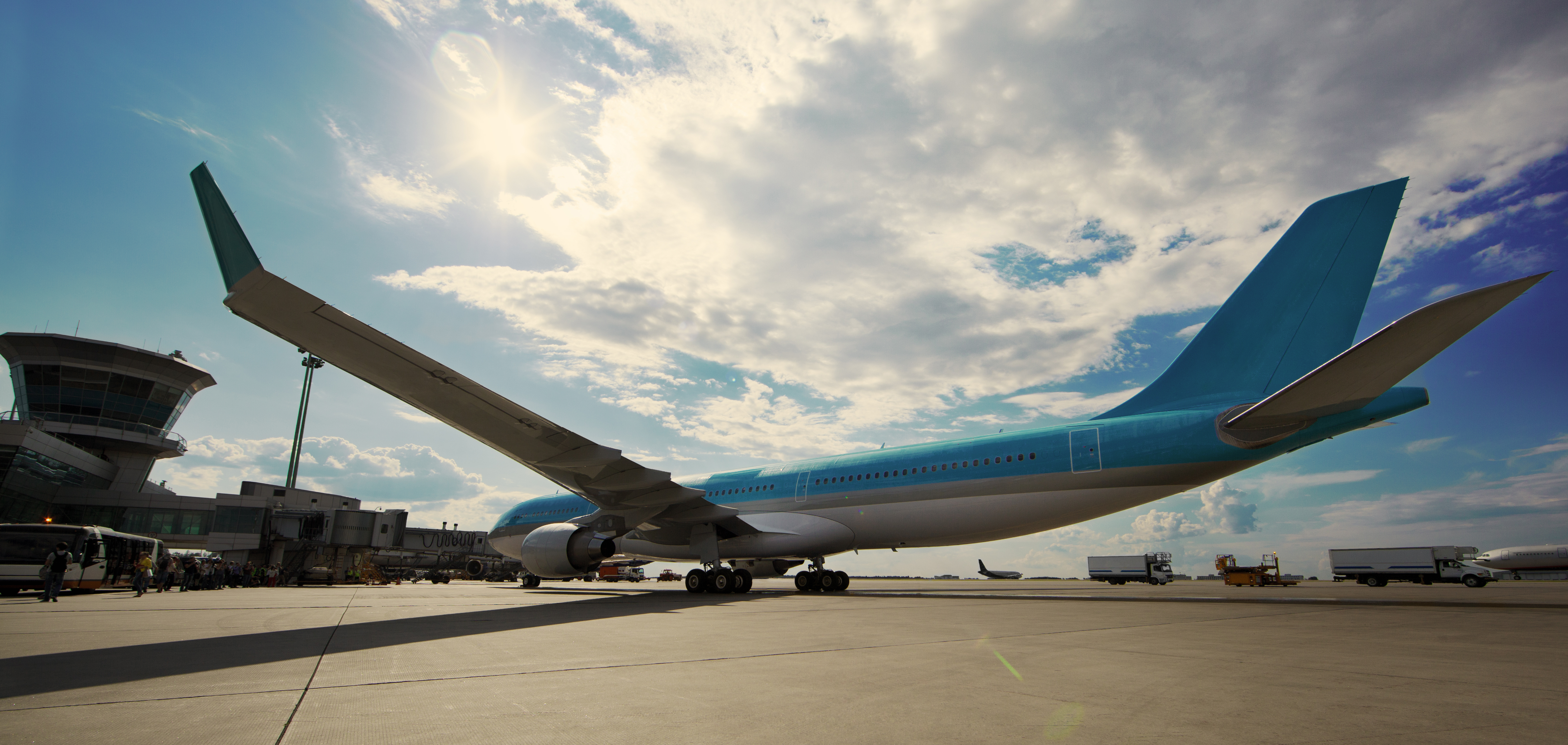
In our post-9/11 world, the Transportation Security Administration (TSA) is responsible for the rules and regulations that keep airlines and their passengers safe. This guide will help you navigate TSA regulations for flying with firearms and ammunition as smoothly as possible.
Flying With Firearms
According to TSA regulations, passengers are allowed to travel with unloaded firearms locked in hard-sided containers as checked baggage. No guns or firearm accessories are permitted as carry-on luggage. Your firearms should be secured and locked in their containers before you enter the terminal, and you need to declare the firearm at the check-in desk.
Any firearm parts, including magazines, firing pins, magazines and bolts, should also be secured inside the hard-sided container. These same guidelines also apply to airsoft guns that shoot plastic pellets, BB guns, toys and models, and starter pistols. Rifle scopes are permitted in carry-on bags.
When you fly with firearms, you are responsible for complying with all regulations, including any federal, state or local laws for your destination. For international travel, you'll want to check with customs for both the U.S. and whichever country you're flying to. Be sure to do your homework ahead of time because failure to comply could result in travel delays, hefty fines or even law enforcement action.
Flying With Ammunition
Like most other firearm accessories, any ammunition you want to fly with should be locked in your secure hard-sided container, declared and checked with your luggage. Ammo that's .75 caliber or smaller can be packed in the same hard-sided container as your gun if it's been packaged in a cardboard, wood, plastic or metal container specifically designed to carry ammunition.
Check with your airline for rules regarding how much ammunition you're allowed to check for your flight. Magazines and clips shouldn't be used to pack ammunition unless they totally enclose the ammo and they're locked in a hard-sided container.
Most ammunition is okay to pack in the cardboard boxes it's sold in. The easiest way we've found to fly with ammunition is to leave it in its original cardboard box and secure it in the hard-sided container with your gun and other parts.
Tips for Flying With Firearms and Ammunition
The following are a few additional tips that may help to make your flying with ammo and firearms even easier for you.
1. Choosing a Case
Your hard-sided case must completely secure the firearm and prevent access by unauthorized personnel. It should also protect your firearms during transportation. In many instances, the case your gun came in will be insufficient, so you'll need to purchase something more secure.
2. Choosing a Lock
According to TSA guidance, you should be the only one who can unlock your case. If the TSA wants to inspect your case, they'll page you to have you unlock it.
3. Checking Your Firearm With Your Airline
Arrive early to make the firearm declaration and checking process smooth and stress-free. Do some legwork ahead of time so you know your specific airline's requirements and what to expect when you arrive to check your firearm.